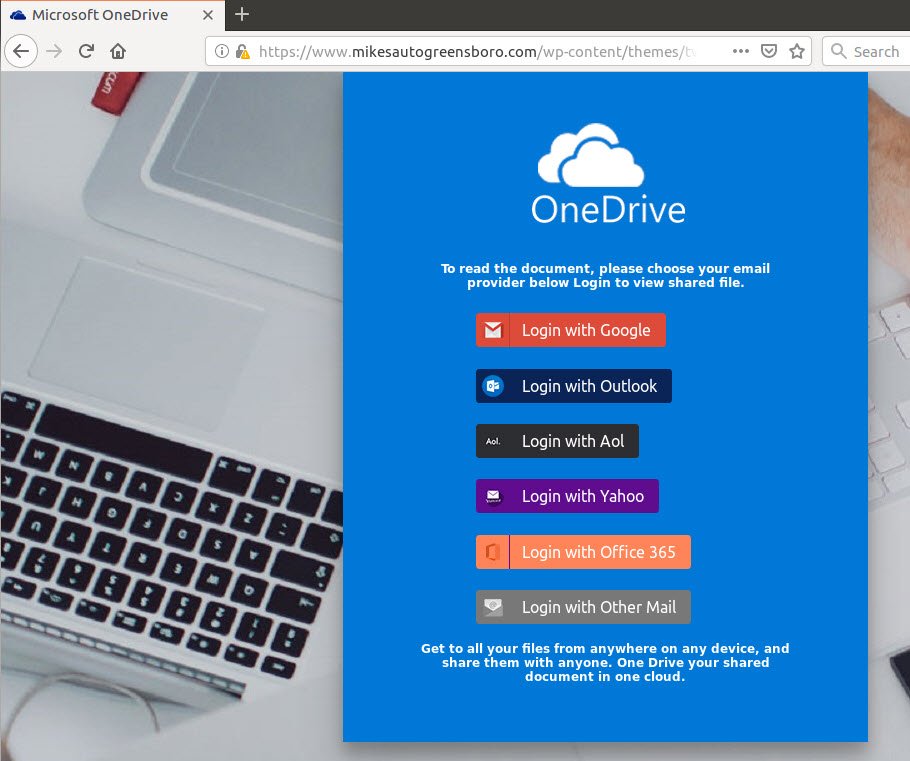

EOP spam filtering learns from known spam and phishing threats and user feedback from our consumer platform,. To help reduce junk email, EOP includes junk email protection that uses proprietary spam filtering technologies to identify and separate junk email from legitimate email. To allow or block messages based on payload (for example, URLs in the message or attached files), then you should use the Tenant Allow/Block List portal. The following anti-spam technologies are useful when you want to allow or block messages based on the message envelope (for example, the sender's domain or the source IP address of the message). Simply put, it starts by containing and filtering junk email. That's why Microsoft continues to invest in anti-spam technologies. Unmonitored junk email can clog inboxes and networks, impact user satisfaction, and hamper the effectiveness of legitimate email communications. The goal for EOP is to offer a comprehensive and usable email service that helps detect and protect users from junk email, fraudulent email threats (phishing), and malware.Īs email use has grown, so has email abuse. EOP anti-spam and anti-phishing technology is applied across our email platforms to provide users with the latest anti-spam and anti-phishing tools and innovations throughout the network. Microsoft's email safety roadmap involves an unmatched cross-product approach.

In Microsoft 365 organizations with mailboxes in Exchange Online or standalone Exchange Online Protection (EOP) organizations without Exchange Online mailboxes, email messages are automatically protected against spam (junk email) by EOP. For end-user topics, see Overview of the Junk Email Filter and Learn about junk email and phishing.


 0 kommentar(er)
0 kommentar(er)
